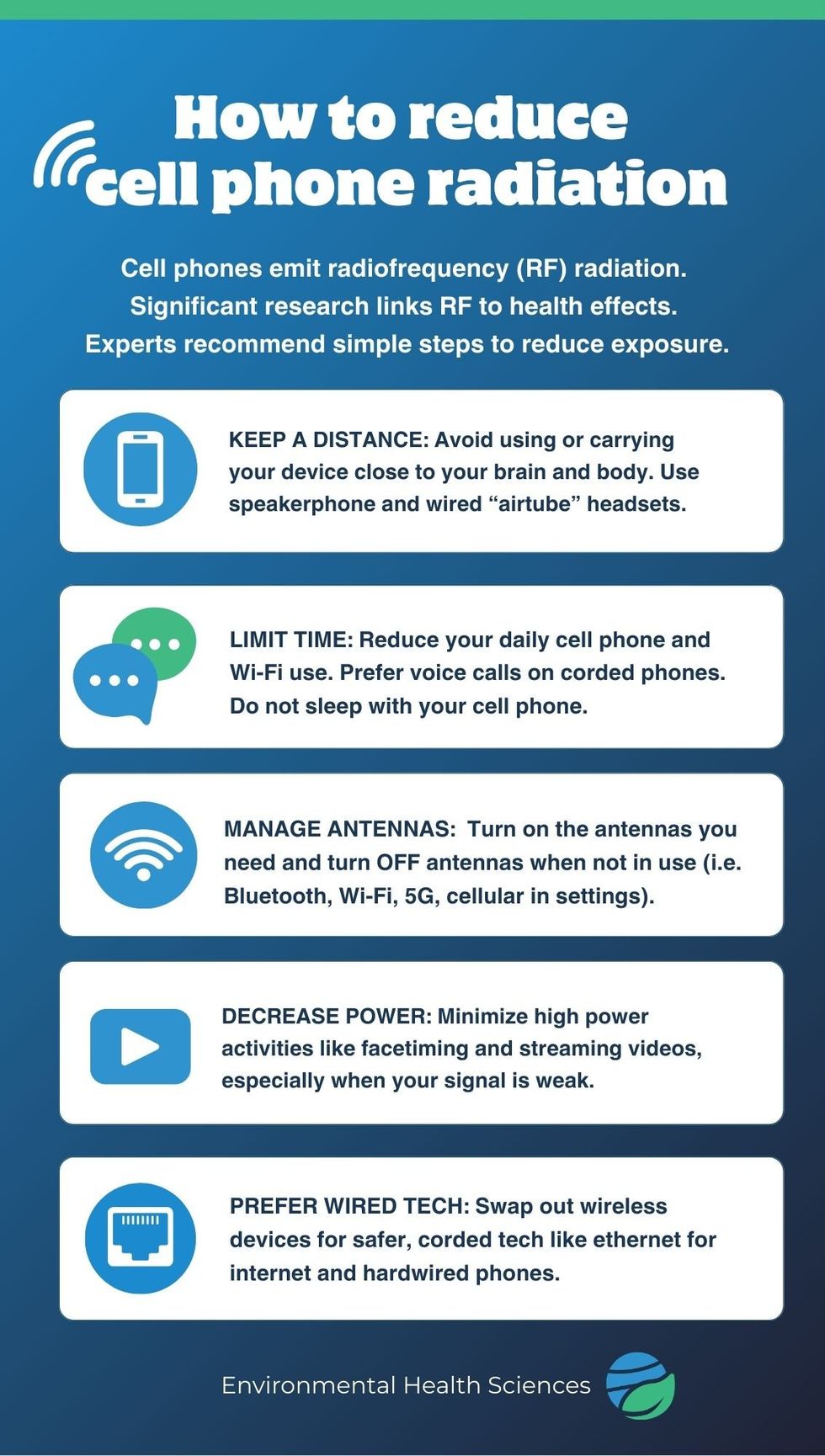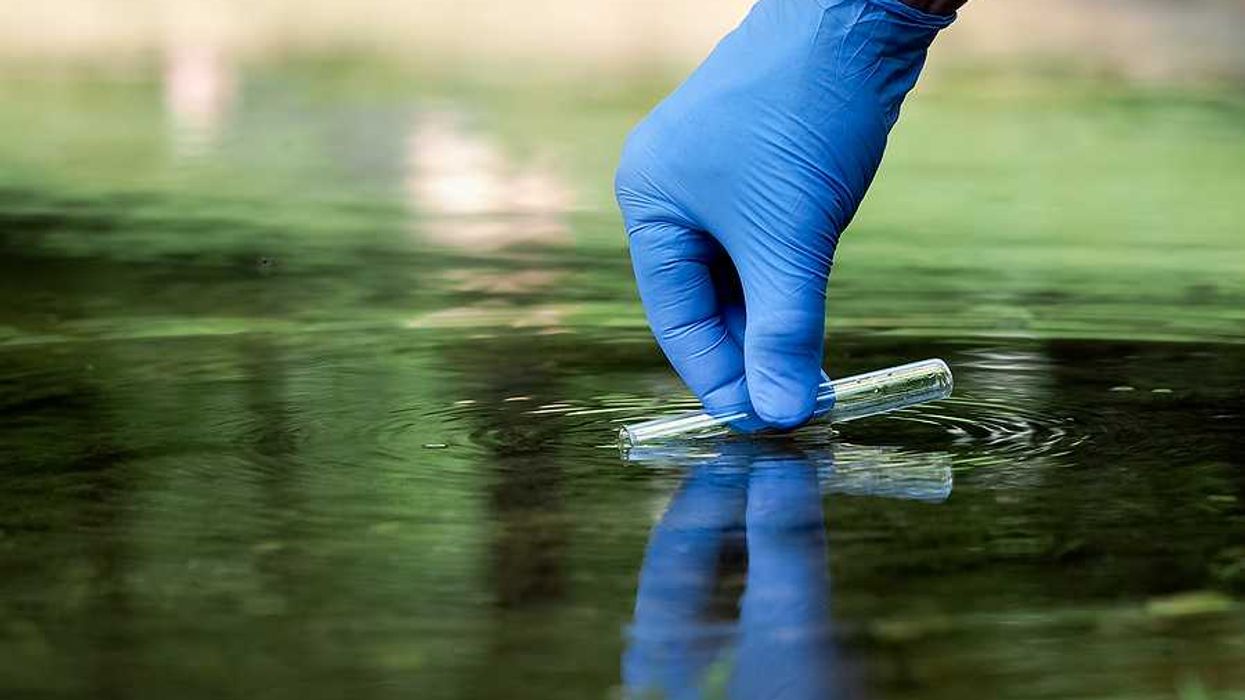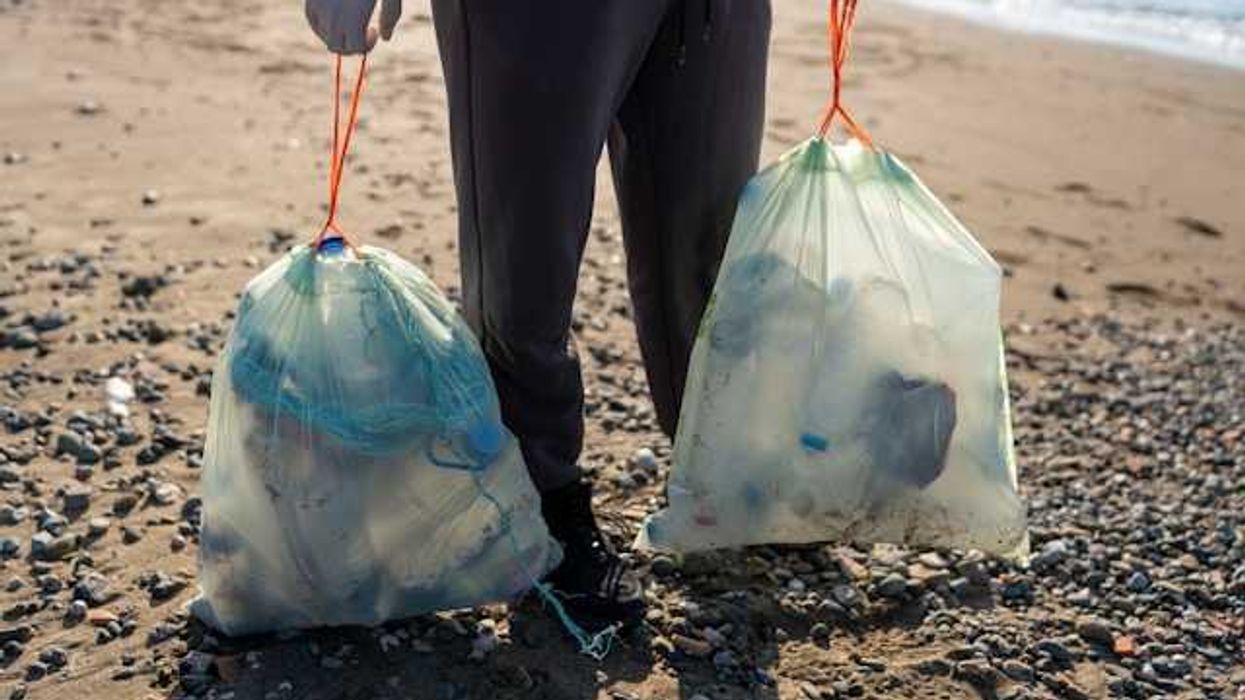A recent study published in the Journal of the Turkish-German Gynecological Association suggests that using certain cellphone models during pregnancy may be linked to smaller birth weight and size in newborns.
In short:
- Specific Absorption Rate - known as SAR - is the maximum rate at which radiofrequency (RF) radiation is absorbed by the body when using a specific device. Different cellphone brands and models have different SAR values.
- Pregnant women who used phones with higher SAR values had a significantly higher chance of delivering babies that were small for their gestational age.
Key quote:
“As the time spent with devices using [RF radiation] increases day by day, more research is required on this issue.”
Why this matters:
All wireless devices - including cellphones, WiFi routers, and the towers they depend on for service - emit RF radiation. While this radiation is different from high frequency radiation (like the type emitted by x-rays), a growing body of data suggests that RF radiation may still have the ability to alter cellular molecules, potentially increasing the risk for negative health impacts. With 91% of US homes connected to WiFi and an average of 17 wireless devices per household, experts encourage continued research and recommend exercising caution by taking small steps to reduce personal exposure.
Related EHN coverage: RF radiation is just one of many forms of environmental pollutants that can factor into the health of newborns and children:
- American Heart Association: Children must be protected from health threats of environmental toxics
- Understanding how the environment affects pregnant people’s health
More resources: Environmental Health Trust offers fact sheets on the science of radiofrequency radiation and advice on how to reduce personal exposure.


















